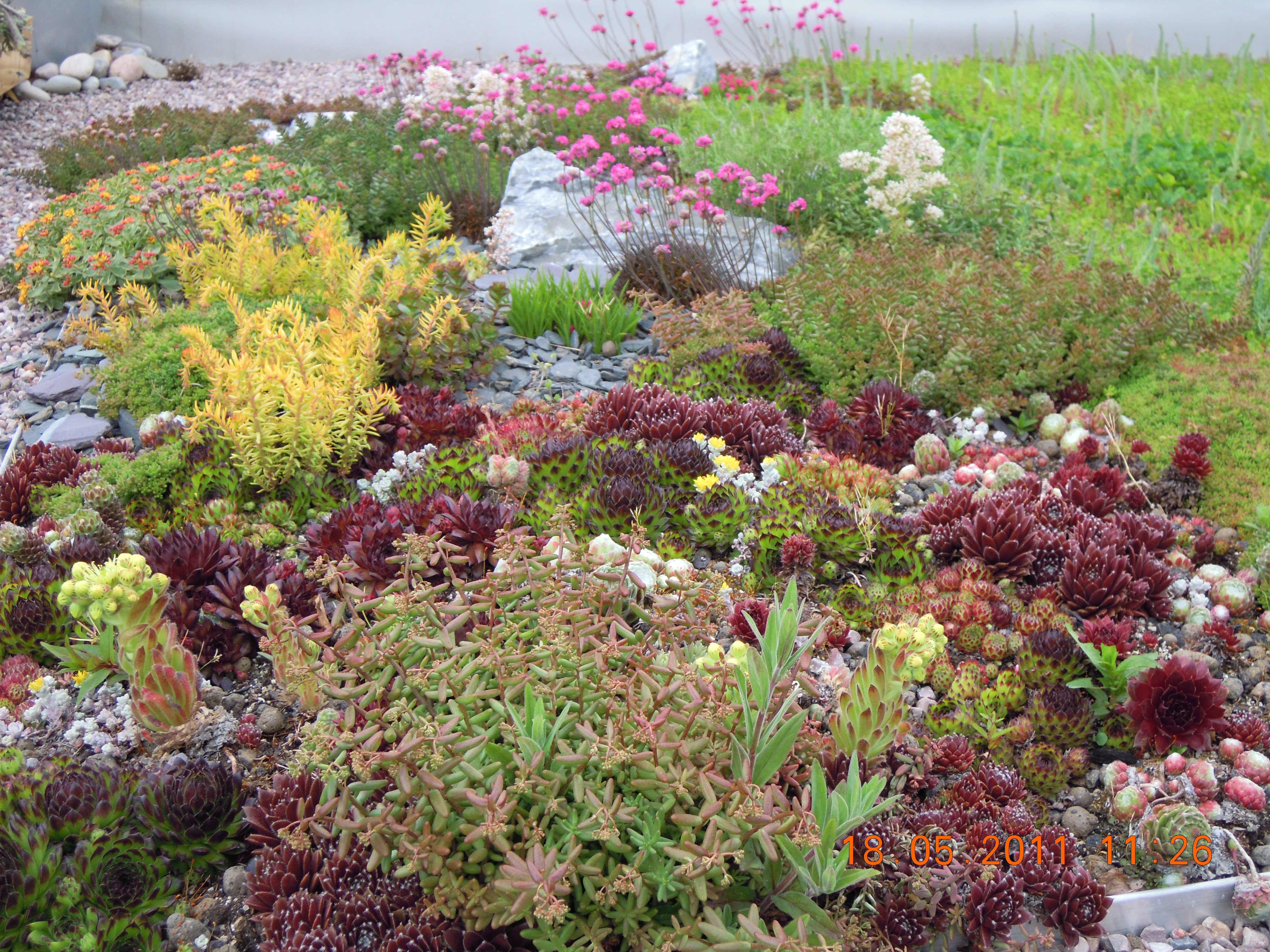This week sees the start of the Healthy Cities conference in Athens, Greece. During the past 25 years, the Healthy Cities movement has shown that many of the complex public health challenges we face can be most effectively addressed through practices and processes that help people to live in healthy and sustainable cities.
Green technologies such as green roofs and living walls are very much an integral part of the much-needed transformation in urban areas. This is because of the myriad of benefits they bring to urban areas in order to create healthy sustainable cities. This article explores how green roofs can make such a contribution.
Air Quality – green roofs improve the air we breathe
Pollution has been a feature of city living since the industrial age. Green roofs can filter noxious gases, capture airborne pollutants and because of the temperature moderating effects of a green roof – they can potentially decrease the by-products associated with air conditioning including CO2.
Water Management – green roofs reduce the impact of stormwater
During periods high precipitation green roofs can reduce the amount of stormwater runoff by storing water in the substrate. A green roof will also release liquid at a slower rate and thereby delay the time at which runoff occurs placing less stress on sewer systems at peak flow periods.
green a roof and make a park
Green roofs can potentially increase amenity and green spaces. A good example of this can be found in the very recently constructed museum in Komatsu, Japan. Which as well as providing additional insulation for the expansive museum, the green roof can be used as an undulating public park, thus providing an attractive recreational space.
habitat – green roofs and urban diversity
Green roofs offer valuable wildlife sanctuaries in our cities and towns. There is tremendous potential to provide habitat for wildlife on green roofs not least because these rooftops already exist, so no additional space has to be sacrificed. For example, in London, 26,000 hectares of available roof space could be greened and this would create 28 times the green space of Great Richmond Park (Grant, Engleback & Nicholson, 2003).
Green roofs – job creators
Investment in green infrastructure such as green roofs, would not only contribute to making cities healthy but also create jobs. American Rivers suggests that investment in green roofs could create 190,000 jobs by building 48.5 billion-square-feet of green roof area, or just one percent of the United States’ roof space in every community over 50,000 in population.
Green roofs can and will be a major part of the future of the urban landscape -making cities, cleaner, resilient, more beautiful and biodiverse.
To find out how to incorporate a green roof on your building get in touch with us today.


